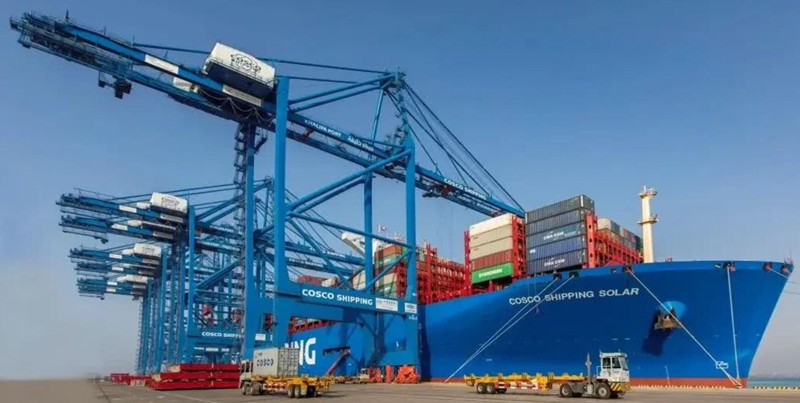Impact of "Omi Keron" Variant Strains on International Food Prices
Impact of "Omi Keron" Variant Strains on International Food Prices
A few days ago, South Africa discovered a new variant of the new crown strain "Omi Keron", which has attracted great attention from all countries. According to the World Health Organization, due to its characteristics, the Omi Keron strain can cause another large-scale outbreak of the new crown epidemic, which will have serious consequences.
In just a few days, Omi Keron has invaded many countries and regions in Europe, Asia, and Africa, spreading at an alarming speed, and plunged the world into panic again.

The market predicts that the uncertainty of new variant strains will trigger more countries to implement blockade measures. If the epidemic spreads to major food exporting countries, it may affect food supply and will be another blow to the recovering global supply chain.
Judging from past experience, the epidemic’s blockade measures and transportation and supply issues will highlight the financial nature of food and often push up food prices. For example, under the trend of the spread of the epidemic in 2020, many international investment banks predict that the market for bulk agricultural products will usher in a bull market, and corn, soybeans, and soybean meal will rise strongly.
According to understanding, the current US route and Southeast Asia may face a large-scale suspension of flights.
Due to congestion in many ports in Southeast Asia, the space gap is as high as 35%. Recently, all freight forwarders have announced emergency price increases, and the situation of hard to find a container has begun to appear. U.S. shipping lines are also facing the problem of large-scale suspension of shipping. It is expected that shipping rates will rise in December and space will be tight.
Southeast Asia is the world’s most important rice export region, accounting for nearly 70% of the world’s rice exports. The United States is the world’s largest corn exporter, accounting for more than 30% of global exports, and the world’s second largest soybean exporter and third largest wheat. export country. The suspension of flights and price increases in the two major regions may pose a serious threat to the already fragile global supply chain and global trade.

In a new report issued by the United Nations, it is indicated that there is an extreme mismatch between the surge in demand and the actual supply of capacity. The container freight rates of almost all container shipping routes have set a record. The current level of container freight, if it continues for a long time, by 2023, global imported commodity prices may increase by 11% over the current level, and the consumer price index will increase by 1.5%.
The United Nations Trade and Development Council stated that the global consumer price index will rise sharply in the next year before the interruption of the maritime supply chain, port restrictions and terminal inefficiency are resolved.
The prices of imported goods in developing countries, mainly small island states, may rise by 24%, and the consumer price index may rise by 7.5%. In the least developed countries, the consumer price index may rise by 2.2%.
